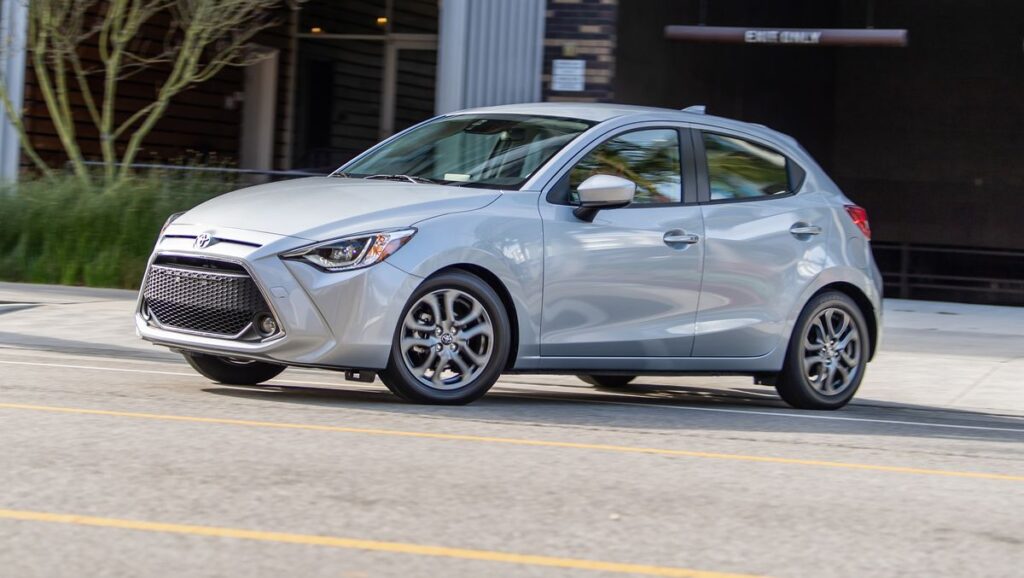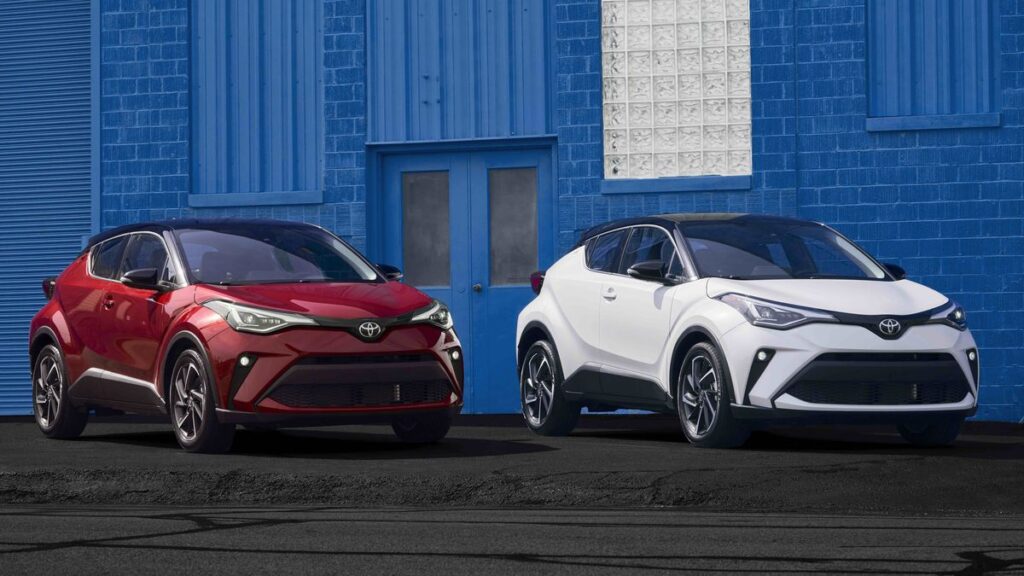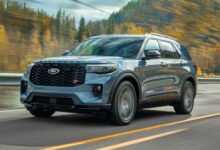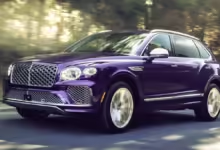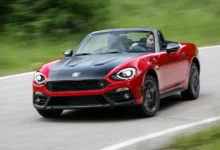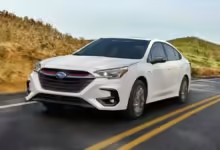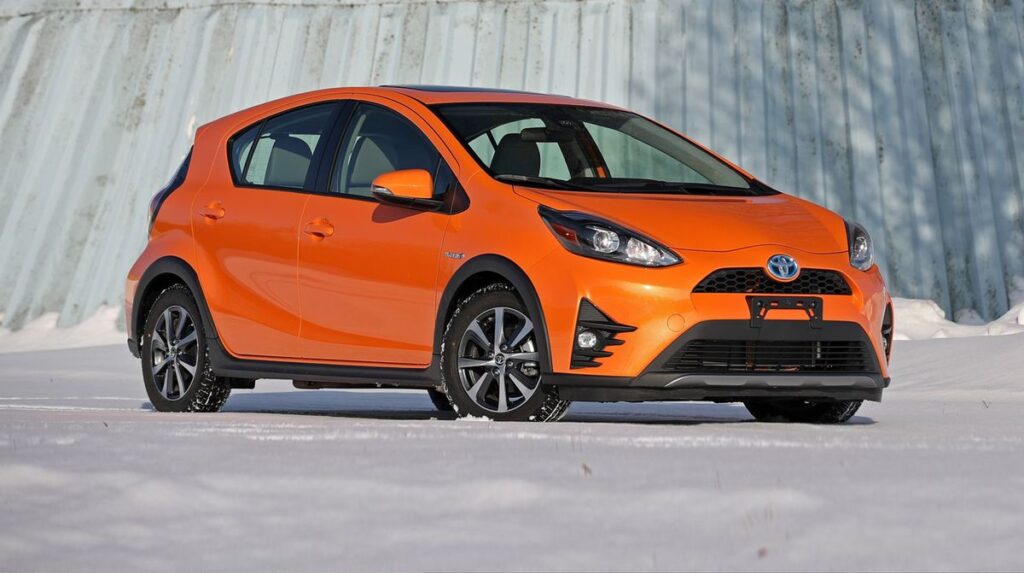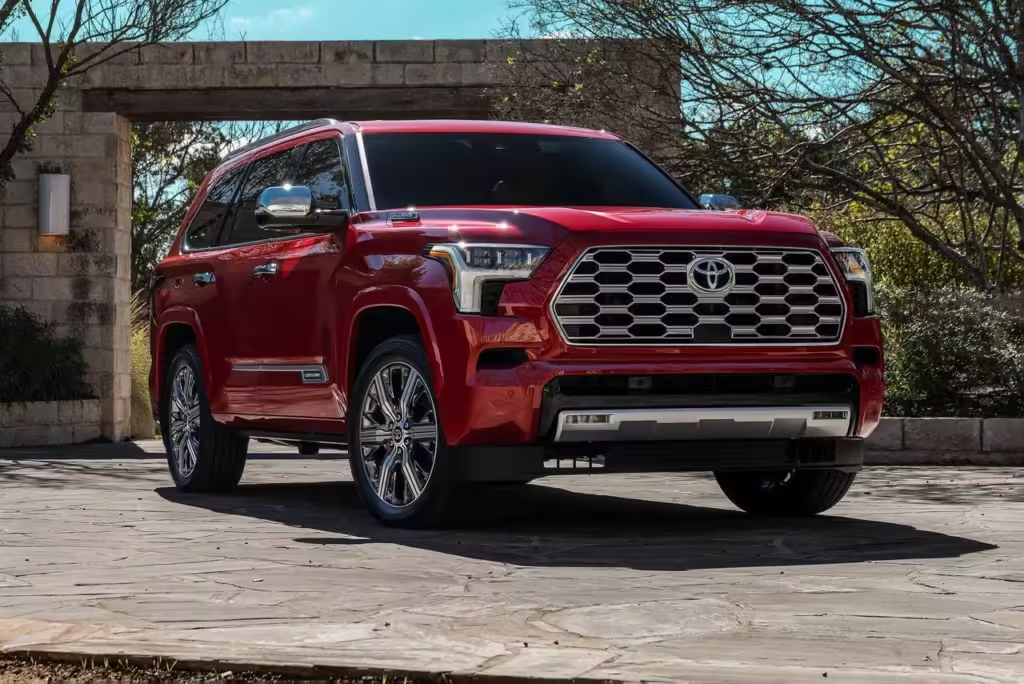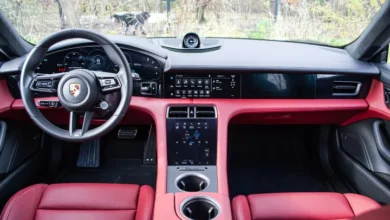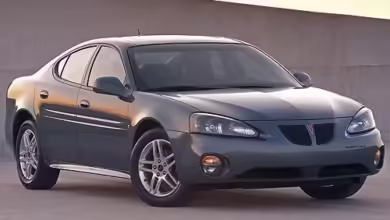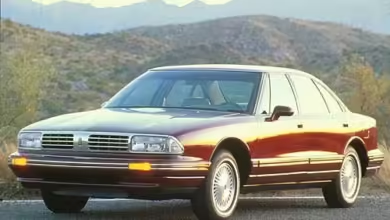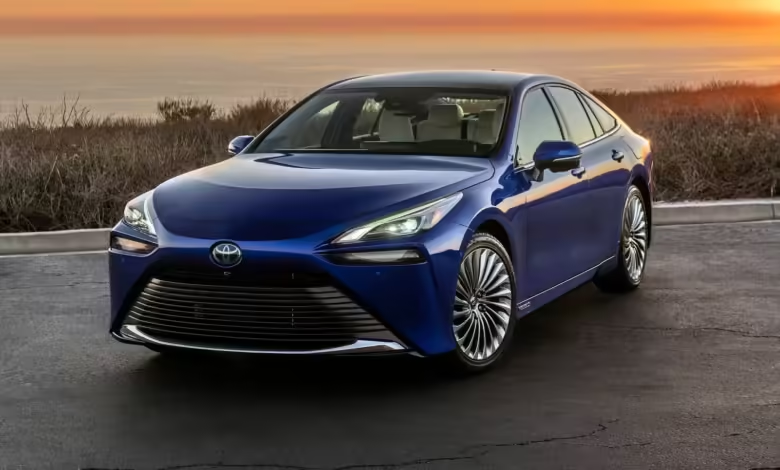
When it comes to reliability and quality, Toyota often ranks high in the automotive industry. However, even this renowned brand has had its share of misses. In this article, we dive into the worst Toyota cars, including some of the latest 2024 models. We explore detailed reviews and criticisms from top automotive experts, shedding light on what went wrong with these vehicles. From the underwhelming performance of the Yaris to the outdated technology in the Sequoia, discover why these models fell short of expectations and what makes them less desirable choices in their segments.
Why We Chose These Cars:
We selected these models based on comprehensive reviews and feedback from top automotive experts and trusted sources, including Car and Driver, Edmunds, Kelley Blue Book, and MotorTrend. Our decision was guided by consistent negative feedback across multiple key aspects such as performance, comfort, technology, and practicality. By aggregating insights from respected reviewers and real-world users, we aimed to provide a balanced and thorough evaluation.
How We Made Our Decision:
Our approach involved a meticulous review of expert critiques and consumer reports. We considered factors like driving experience, interior quality, technological advancements, and overall value for money. Models that repeatedly received low ratings and substantial criticism in these areas were flagged as underperforming. By ensuring our analysis was grounded in a wide range of reliable sources, we aimed to create a trustworthy guide for potential buyers.
#1 Toyota Yaris (2020-2022)
The Toyota Yaris, particularly the models from 2020 to 2022, aimed to provide an affordable, reliable, and efficient subcompact car option. However, it struggled to keep up with competitors in several critical areas, leading to a series of negative reviews from both critics and consumers.
Why It’s Considered Bad:
- Lack of Power: The Yaris was powered by a 1.5-liter four-cylinder engine that produced a modest 106 horsepower. This engine, while fuel-efficient, resulted in sluggish acceleration and an overall lackluster driving experience. Many reviewers, including those from Car and Driver, noted that the Yaris felt underpowered, especially when merging onto highways or climbing hills. The lack of a turbocharged option, which many rivals offered, further emphasized its performance shortcomings.
- Interior Quality: The interior of the Yaris was often cited as a significant drawback. Edmunds reviewers highlighted the extensive use of hard plastics and a dated design that failed to compete with the more refined interiors of rivals like the Honda Fit or Hyundai Accent. The seats were described as uncomfortable on longer drives, and the overall cabin best online pharmacy with fast delivery buy buspar online with the lowest prices today in the USAspace was cramped, particularly in the rear seats.
- Limited Tech Features: In an era where advanced tech features are becoming standard, the Yaris lagged behind. Basic models lacked features like Apple CarPlay and Android Auto, which are almost ubiquitous in this segment. When these features were available, they often came at a higher trim level, making the Yaris less competitive on price.
Critic Reviews:
- Car and Driver: Highlighted the Yaris’s underwhelming performance and uninspired driving dynamics, describing the car as more practical than pleasurable to drive.
- Edmunds: Focused on the poor interior quality, noting the extensive use of cheap materials and lack of modern features.
#2 Toyota C-HR (2020-2023)
The Toyota C-HR aimed to capture the market with its distinctive styling and subcompact crossover appeal. However, it failed to deliver in key areas, drawing criticism for several notable shortcomings.
Why It’s Considered Bad:
- Poor Rear Visibility: The C-HR’s striking design came at the cost of practicality. Kelley Blue Book reviewers pointed out that the small rear windows and thick rear pillars created significant blind spots. This design flaw made parking and lane changes more challenging and less safe.
- Limited Cargo Space: Despite being a crossover, the C-HR offered limited cargo space. With only 19 cubic feet of space behind the rear seats and 36.4 cubic feet with the seats folded down, it lagged behind competitors like the Honda HR-V and Subaru Crosstrek. This limited space was a significant drawback for families or individuals who needed to transport larger items.
- Sluggish Acceleration: Equipped with a 2.0-liter four-cylinder engine that produced 144 horsepower, the C-HR was often described as underpowered. MotorTrend reviews highlighted its slo best online pharmacy with fast delivery buy flomax online with the lowest prices today in the USAw acceleration, particularly when loaded with passengers or cargo. The continuously variable transmission (CVT) didn’t help, as it tended to make the engine feel strained and unresponsive.
Critic Reviews:
- Kelley Blue Book: Criticized the poor rear visibility and limited cargo space, making it less practical for everyday use.
- MotorTrend: Emphasized the sluggish acceleration and overall lack of excitement in driving, noting that competitors offered more engaging and powerful options.
#3 Toyota Mirai (2016-2021)
The Toyota Mirai was a bold step into the hydrogen fuel cell vehicle market. While innovative, it faced substantial challenges that limited its appeal and practicality.
Why It’s Considered Bad:
- Limited Hydrogen Refueling Infrastructure: One of the most significant issues with the Mirai was the scarcity of hydrogen refueling stations. Autoblog noted that this made the car impractical for most potential buyers. The limited infrastructure meant that only people living in certain areas, primarily in California, could realistically own and operate a Mirai.
- High Cost: The Mirai was priced higher than many conventional and electric vehicles, which made it less attractive. Car and Driver pointed out that the high cost was not justified given the limited refueling infrastructure and the availability of more practical electric vehicle options.
- Niche Market: The hydrogen technology, while promising, was still in its infancy. The Mirai appealed to a very narrow market segment, primarily tho buy flexeril online in the best USA pharmacy https://careprimeclinic.com/wp-content/uploads/2025/08/png/buy-flexeril.html no prescription with fast delivery drugstorese interested in cutting-edge technology and willing to deal with the associated inconveniences. This niche appeal limited its broader market acceptance.
Critic Reviews:
- Autoblog: Emphasized the impracticality of the limited hydrogen refueling infrastructure, which severely restricted the car’s usability.
- Car and Driver: Criticized the high cost and niche appeal, noting that the Mirai didn’t offer enough to justify its price tag compared to more established electric vehicles.
#4 Toyota Prius c (2012-2019)
The Toyota Prius c was introduced as a smaller, more affordable alternative to the standard Prius. However, it didn’t quite live up to the expectations set by its larger counterpart.
Why It’s Considered Bad:
- Noisy Ride: Reviewers from Consumer Reports often mentioned the Prius c’s noisy ride. The car’s smaller size and less refined insulation meant that road and engine noise were more noticeable, making for a less pleasant driving experience.
- Cheap Interior Materials: The interior of the Prius c was another common point of criticism. Edmunds noted the extensive use of hard plastics and a generally low-rent feel that did not match the price tag. The seats were also described as uncomfortable, particularly on longer trips.
- Less Efficient Than Other Prius Models: While still efficient, the Prius c didn’t match the fuel economy of other Prius models. With an EPA rating of around 46 mpg combined, it lagged behind the standard Prius, which offered over 50 mpg. This made it less appealing to buyers focused on maximum fuel efficiency.
Critic Reviews:
- Consumer Reports: Highlighted the noisy ride and overall discomfort, making it less suitable for long journeys.
- Edmunds: Criticized the cheap interior materials and less efficient performance compared to other Prius models.
#5 Toyota Avalon (2020-2022)
The Toyota Avalon, a full-size sedan, aimed to offer luxury and comfort. However, it faced criticism for a few key reasons that limited its appeal, placing it among the worst Toyota cars for some buyers.
Why It’s Considered Bad:
- Large Size Not Appealing to All: The Avalon’s size, while providing ample interior space, was often seen as a drawback by many reviewers. U.S. News & World Report noted that its large dimensions made it less maneuverable in urban settings and parking lots.
- Less Sporty Handling: Despite attempts to inject some sportiness into the Avalon, critics like MotorTrend found its handling to be less responsive compared to rivals like the Dodge Charger. The ride, while comfortable, didn’t offer the engaging driving dynamics that some buyers in this segment desired.
Critic Reviews:
- U.S. News & World Report: Emphasized the large size as a drawback for those needing a more maneuverable vehicle.
- MotorTrend: Criticized the less sporty handling, noting that it failed to deliver the excitement offered by some competitors.
#6 Toyota Sequoia (2024)
The Toyota Sequoia, a full-size SUV, has long been known for its durability and off-road capability. However, the 2024 model faced significant criticism i
Why It’s Considered Bad:
- Bulky Design: The Sequoia’s large size, while providing ample interior space and cargo capacity, made it cumbersome to drive. Reviewers from MotorTrend highlighted its difficulty in navigating tight urban spaces and parking lots.
- Lower Fuel Efficiency: Full-size SUVs are not typically known for their fuel efficiency, but the Sequoia was particularly noted for its poor gas mileage. With an EPA rating of around 15 mpg combined, it lagged behind many competitors.
- Outdated Technology: The infotainment system and interior technology were often criticized for feeling outdated. Car and Driver pointed out that the Sequoia’s tech features lagged behind those of newer SUVs, with a less intuitive interface and fewer advanced options.
Critic Reviews:
- MotorTrend: Highlighted the cumbersome driving experience due to its bulky design.
- Car and Driver: Criticized the lower fuel efficiency and outdated technology, making it less appealing compared to modern competitors.
Have you had any experiences with these models? Do you agree with the critiques or have a different perspective? Share your thoughts below in the comments! Your insights could help others make informed decisions about their next vehicle.
